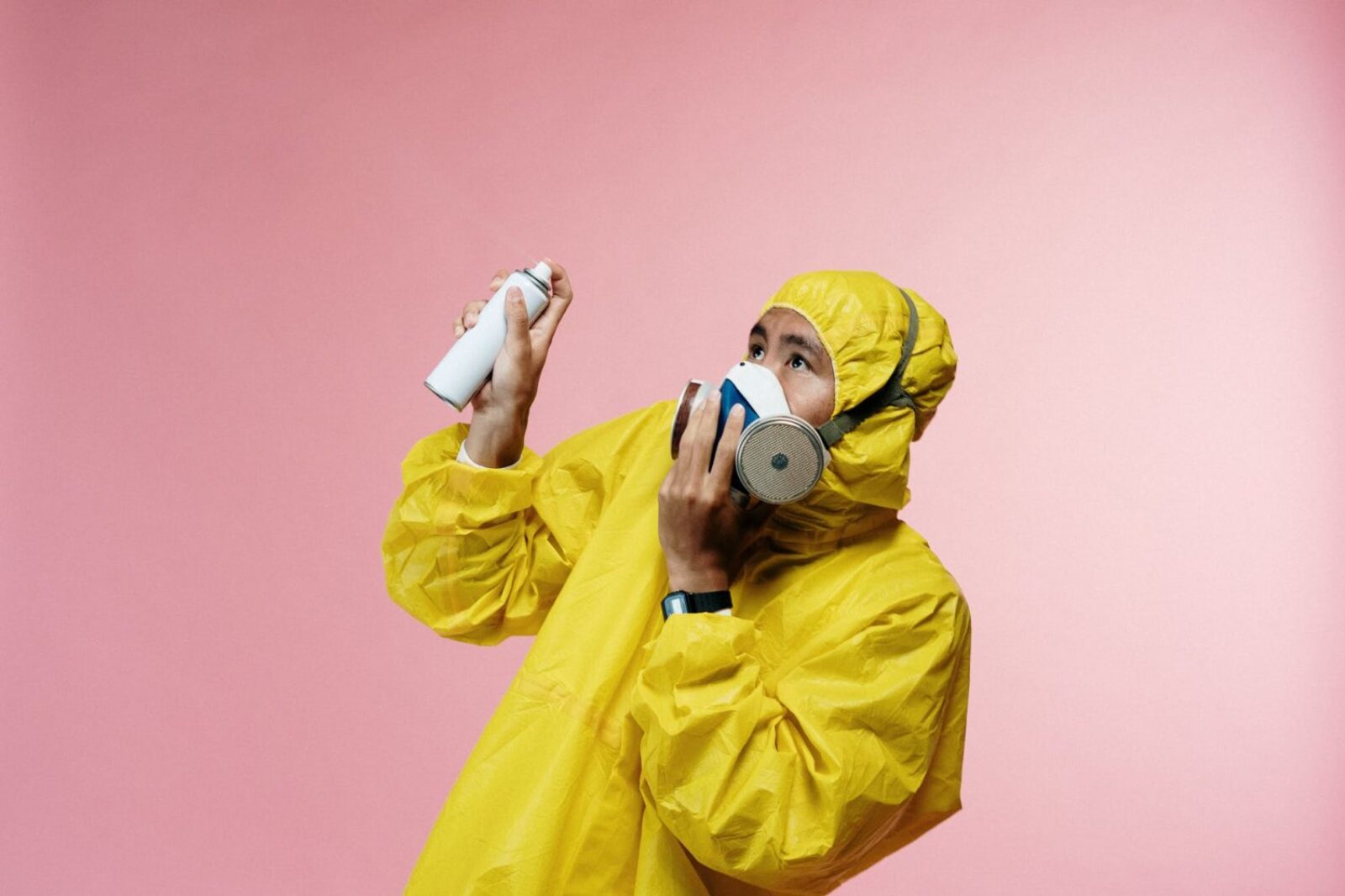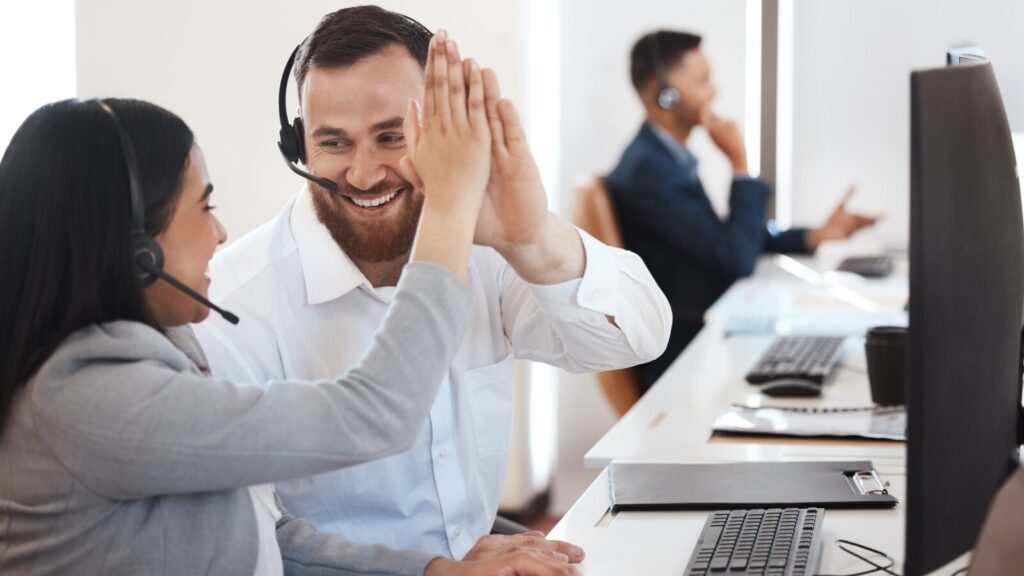Don’t work hard, work smart — it’s a mantra that most sales teams should hold close. Sure, hard work has its benefits, but in today’s world of sales, it’s the smart work that counts. This is especially true for sales prospecting and outreach.
Unfortunately, many sales teams habitually partake in “hard work” to compensate for a lack of “smart work”. This is reflected in the fact that there’s been a significant rise in the number of attempts, but fewer conversations earned.
How is that happening? It’s simple: if you’re not data-driven in your sales prospecting, you’re going to end up wasting precious time, effort, and resources.
Overcoming Random Prospecting
This is where “spraying and praying” comes into play. This is when reps reach out to “prospects” in a random, unorganized manner in the hopes that one of them may be interested in their product. This practice skips an organized process of sales prospecting and sends out messages without any real data or indicators.
The best way to maximize your reps’ time is to make sure they’re intentionally reaching out to prospects who are likely to benefit from your product, with relevant outreach messages.
To do this, you’ll first need to start with the data and indicators you use to identify these good-fit prospects. It can then inform your outreach messages to create an ultra-relevant dialogue.
Best Sales Prospecting Practices
If you’re spraying and praying, there’s probably little to no sales prospecting going on at your organization. To make the most of your sales process, you need to address why you’re bypassing this important step. A solid sales prospecting process will help you exponentially scale your business if done the right way.
To do this, you’ll need to start working with the right data. Here are three steps you can take to begin integrating data into your sales prospecting and transforming your sales productivity.
1. Identify high-intent prospects before doing outreach
Calculating your target addressable market (TAM) will help you understand who your target ICPs should be. There are various methods you can use to identify your TAM, from gathering first-hand data to getting a third-party research consultant.
However, the top 3% of your TAM is ever-changing. If you’d like to automate the process to help you find high-intent active buyers, you’ll need a sales intelligence tool.
2. Use buying intent indicators to find relevant prospects
There are two main classifications of buyers in any given TAM:
The first type is the active buyer — those who are outwardly looking for a product like yours at any given instant in time.
The second is the passive buyer that hasn’t realized their need for your product yet. This group needs to be educated and nurtured into the active buying state.
There are a number of buying intent indicators that you can use to find prospects who are actively searching for a product like yours or who need to be nurtured.
3. Use relevant outreach messages
Once you’ve identified the relevant prospects, it’s time to craft outreach messages that’ll compel them to engage with your product. Make sure that these messages are personalized and relevant to their situation.
For example, you could include industry-specific insights or reference their past interactions with you. Doing this will boost the chances of a response and make your outreach efforts much more efficient.
Wrapping Up
Reckless sales prospecting is a waste of time, resources, and energy. To make sure that you’re working smart, not hard, leverage data-driven sales prospecting and relevant outreach messages to ensure your sales teams are engaging with the right prospects at the right time.






